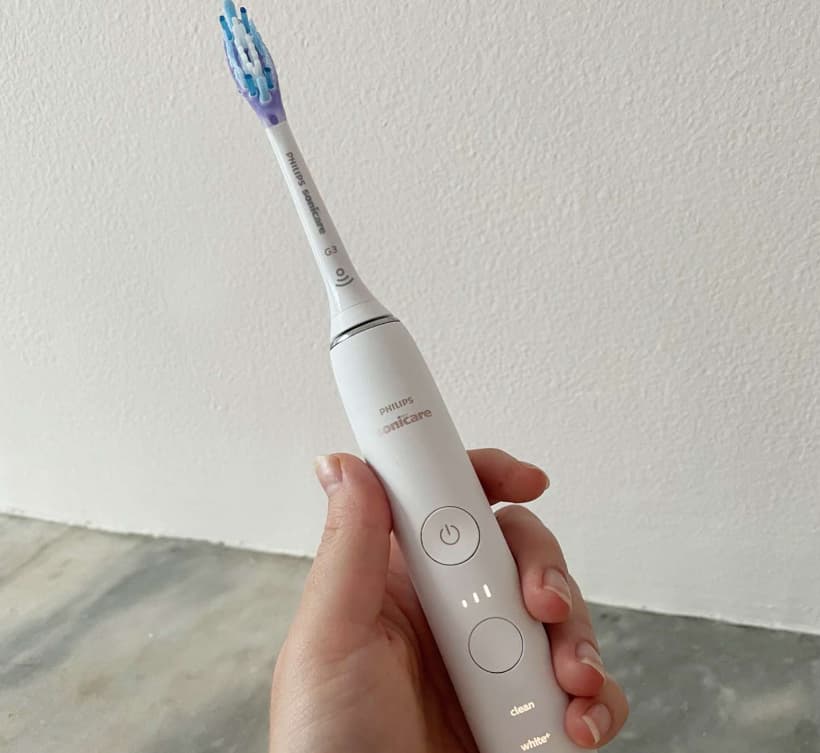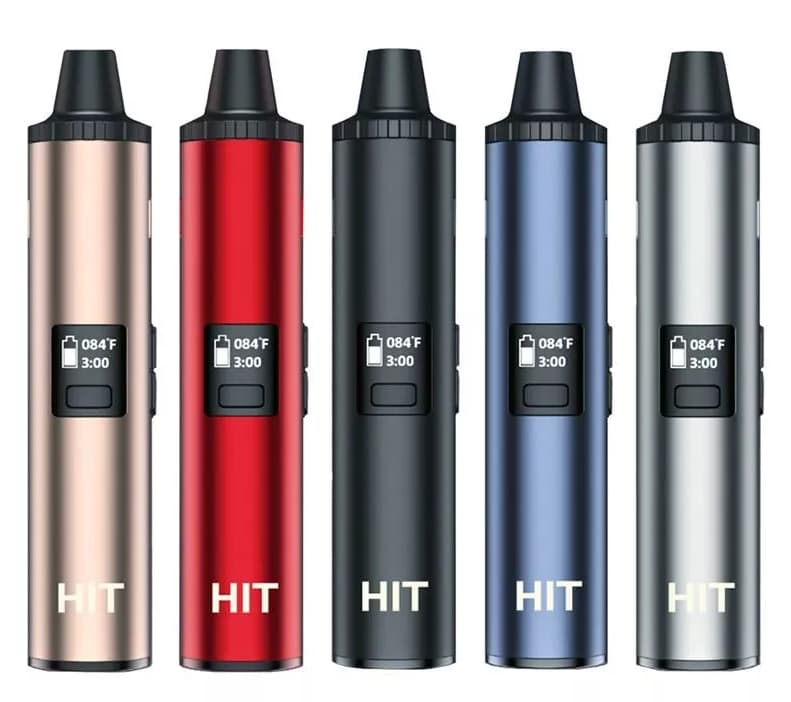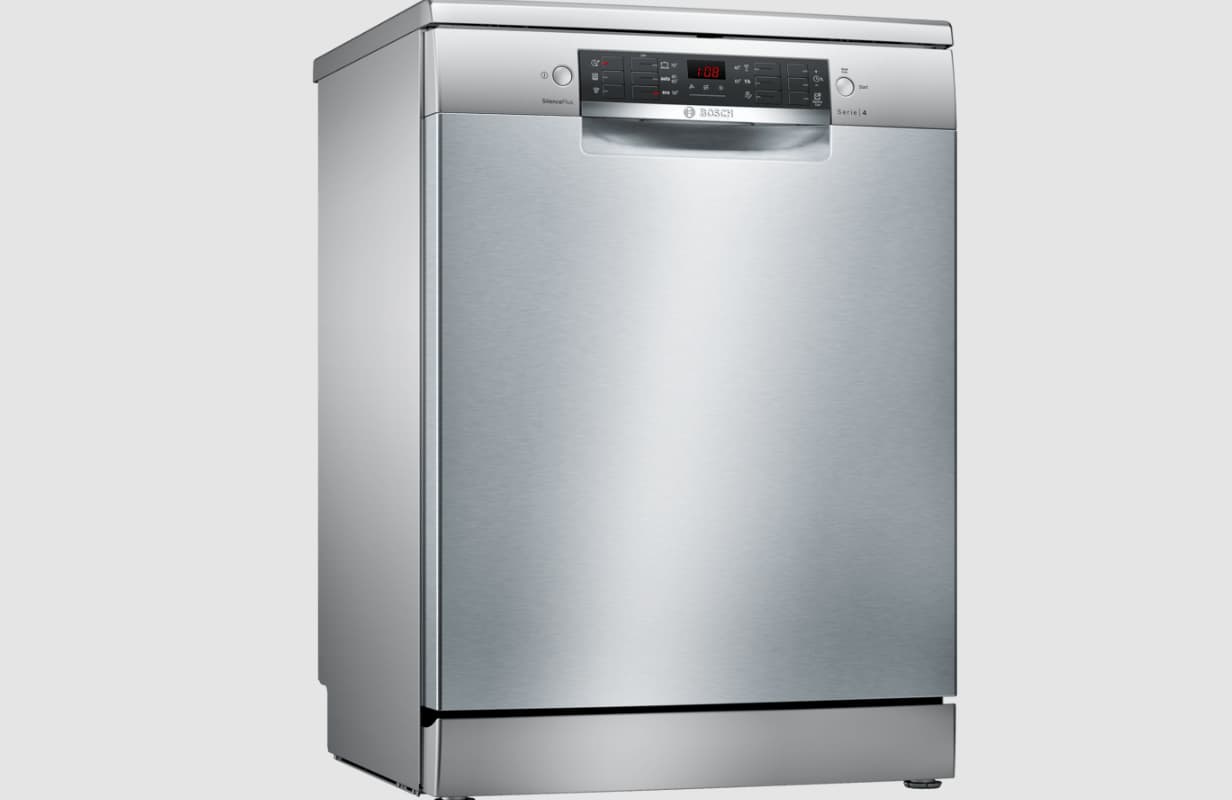You go to brush your teeth with your trusted Philips Sonicare electric toothbrush, ready for that fresh and clean feeling. But as you place it on the charger, you notice the battery light blinking quickly – something isn’t right.
As one of the most popular electric toothbrush brands, Sonicare’s advanced technology promises effective cleaning. So when technical issues happen, it leaves you wondering – why is my Sonicare blinking?
Why is Your Sonicare Toothbrush Light Blinking Rapidly?

This comprehensive guide will teach you why a Sonicare toothbrush light blinks rapidly and flashes. We’ll explore the causes, troubleshooting steps, maintenance tips, FAQs, and more so you can resolve the charging problems.
Causes of Blinking Light on Sonicare Toothbrush
A Sonicare rapidly blinking instead of solid green typically points to these charging problems:
- Faulty or Dead Battery – With heavy use over time, rechargeable batteries fade and fail to charge correctly.
- Charger Model Mismatch – Sonicare heads only work with certain charger bases. Wrong compatibility causes blinking.
- Debris Accumulation – Dust, toothpaste, etc. in the metal pins prevents charging power transfer.
- Moisture Damage – Exposing electric parts to water can short and disrupt charging.
- Broken Hardware – Physical damage to charger ports or internal components stops battery charging.
- Power Issues – Faulty wiring, bad connections, and voltage fluctuations affect the charging flow.
- Software Glitches – Though rare, internal bugs could also impact normal functionality.
While concerning, persistent blinking doesn’t necessarily mean your Sonicare brush is damaged beyond repair. Pinpointing the specific issue is key to troubleshooting it.
Other Sonicare Toothbrush Problems
Apart from charging issues, Sonicares may have other problems like:
- Weak Vibrations – The sonic motor can become less powerful over time and use, reducing efficiency.
- Worn Brush Heads – Replace fraying heads every 3 months for best performance.
- Software Freezing – Internal software rarely freezes, stopping operation.
Check for damaged brush heads or weakening vibrations alongside charging troubleshooting.
Why is My Philips Sonicare Blinking Yellow?
A rapidly blinking yellow light instead of green/red on your Philips Sonicare signals a critically low battery.
The blinking reminds you to charge soon and regain full capacity. Typically, overnight charging resolves this.
Now that we’ve covered the main causes of Sonicare charging problems shown by blinking patterns, let’s fix them!
Steps to Troubleshoot Blinking Sonicare Toothbrush:
Follow this methodical troubleshooting guide to diagnose and resolve charging issues in blinking Sonicare brushes:
Step 1: Inspect Charging Components
- Check charger base, cords and brush metal pins for any physical damage contributing to issues.
- Unplug and inspect for broken pins, corrosion, cracks, etc.
- Ensure no moisture or liquid spillage into ports/sockets. Use cotton swabs and rubbing alcohol to clean.
- If faulty/damaged, replace charger bases and cords.
Step 2: Check for Water Damage
- As Sonicare bodies aren’t waterproof, moisture seeping into contacts or compartments can damage sensitive components.
- Check for corrosion, condensation, and visible water entry especially if the brush was accidentally immersed. Thorough drying could revive function.
Step 3: Check Battery Status
- Dock on the charger continuously for 24 hours. Observe light patterns:
- If rapid blinking persists, the Lithium-ion battery has likely expired – plan replacement.
- Steady light signifies battery revival through deep charge cycles.
Step 4: Verify Correct Charger Compatibility
- Cross-verify charger model compatibility for your specific Sonicare variant through manuals. Wrong chargers trigger blinking safety warnings.
Step 5: Test Different Power Sources
- Charge while connected to different outlets around the house.
- If issues disappear on another source, a problem with wiring/input voltage prevents proper charging initially.
Step 6: Inspect the Charging Adapter and Cord
- Even minor damages to adapters/cords conveying power between brush and base can disrupt electricity flow.
- Examine closely and replace if necessary. Don’t attempt homemade fixes due to safety issues.
Step 7: Ensure Proper Placement on Charger
- Confirm metal charging contacts at the brush handle base align precisely with the induction coils in the Sonicare stand.
- Wrong placement interrupts power transfer, causing blinking warnings.
With thorough checks of hardware components, battery tests, and assessments of different troubleshooting factors, identify what exactly blocks normal Sonicare charging.
Additional Tips to Avoid Sonicare Charging Problems
Implement these best practices to prevent charging faults in your Sonicare brush:
- Never overcharge batteries – unplug once fully charged
- Turn off Bluetooth when not needed to conserve battery
- Clean metal charging pins monthly using cotton swabs and alcohol
- Always store your Sonicare properly in a clean, dry location
- Consider replacing Lithium-ion batteries once every 2-3 years
Battery Care Guidelines for Sonicare Brushes
Follow these battery care tips for optimal Sonicare performance:
- Charge fully before first use
- Only use compatible, original Sonicare chargers
- Stick to the prescribed voltage and power settings
- Enable low-power modes to prolong battery lifespan
Proper Maintenance for Peak Efficiency
- Rinse brush heads after every use under running water
- Clean metal stems monthly using an old toothbrush
- Avoid immersing the toothbrush body in water
- Replace brush heads once bristles appear frayed – about every 3 months
Further Resources for Sonicare Troubleshooting
Still, puzzled about the blinking light on your Sonicare electric toothbrush? Refer to:
- Sonicare support site for model-specific troubleshooting
- User manuals provided with your Philips Sonicare unit
- Sonicare customer service for personalized help
For unresolved charging faults, seek qualified repair or replacement options. Identifying issues early often allows cheaper fixes before extensive damage.
How to Reset a Sonicare Toothbrush
If other troubleshooting fails to stop blinking warnings, resetting the brush software could help as a last resort:
- Dock the improperly-charging Sonicare correctly on the base
- Locate and hold down the power button for 8+ seconds until a solid green light – this signals a successful reboot and recalibration
- Retry charging – resetting can resolve minor system glitches though damages need repair/replacement
FAQs About Blinking Lights on Sonicare Chargers
- Why are all lights rapidly flashing on my Sonicare charger?
Multiple or all quickly flashing lights indicate a charging error detection – possibly a dead battery, faulty parts, wrong placement, etc. Follow the troubleshooting sequence.
- Why is my Sonicare rapidly blinking orange?
A blinking orange light signals a critically low electric toothbrush battery charge. Fully recharge overnight to restore normal functioning.
- Why does my Sonicare keep flashing red even after charging?
A post-charging flashing red light also indicates a charging fault detected. Likely reasons include charger incompatibility, moisture exposure, drained battery, etc. needing fixation or replacement.
- How can I stop my Philips Sonicare battery light from blinking non-stop?
Rapidly blinking Philips Sonicare LED that persists signals failed charging. Troubleshoot as guided – clean debris in ports, check connectors for damage, test different power sockets, and replace defective charger/battery parts accordingly.
- Why is my fully charged Sonicare still flashing green?
If a fully charged Sonicare blinks green, moisture damage is a probable cause. Thoroughly dry internally and externally. If blinking persists, replacement is warranted.
Philips Customer Support to Fix Sonicare Toothbrush Light Blinking Rapidly Issue:
More Related Guides:
Conclusion
While a blinking battery indicator on Sonicare toothbrush models can be annoying, recognizing the specific fault causing it is vital to quickly resolve the problem.
Whether it’s damaged hardware, power issues, drained battery, or device software bugs – using this extensive troubleshooting guide arms you to systematically tackle rapid blinking and charging problems in Philips Sonicare brushes.
Follow the logical troubleshooting sequence, battery best practices, and specialized maintenance recommendations outlined.
Observe, test, and diligently assess to determine exactly why your Sonicare fails to charge properly as signaled by the irritating blinking.



